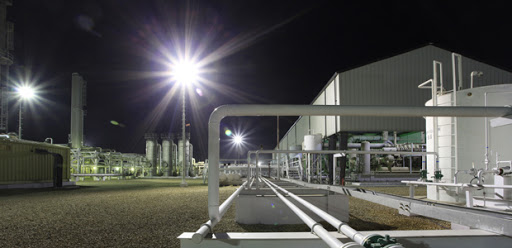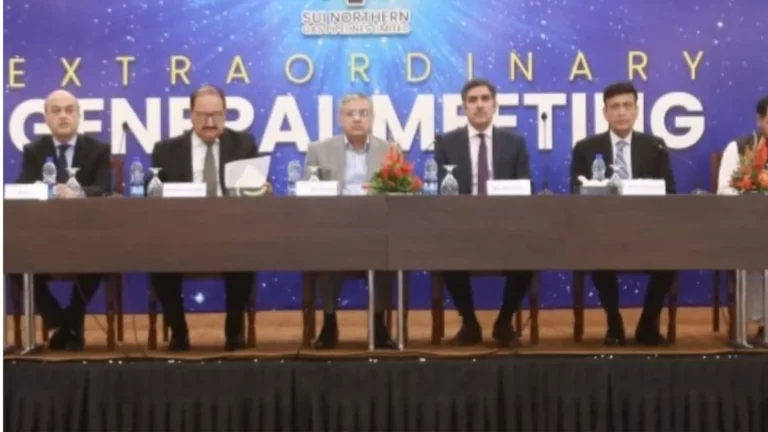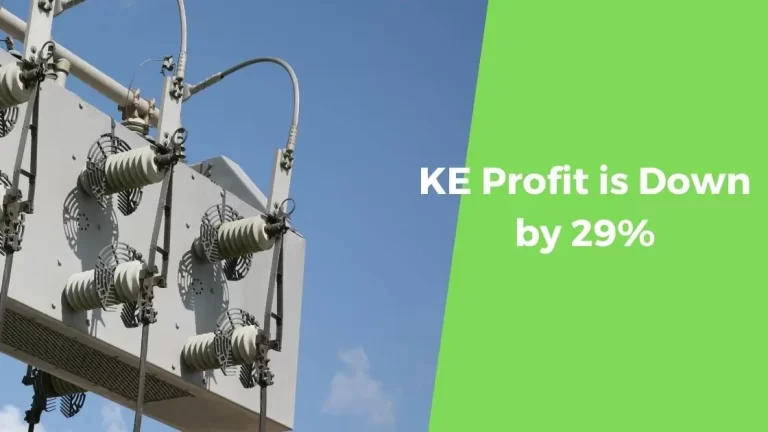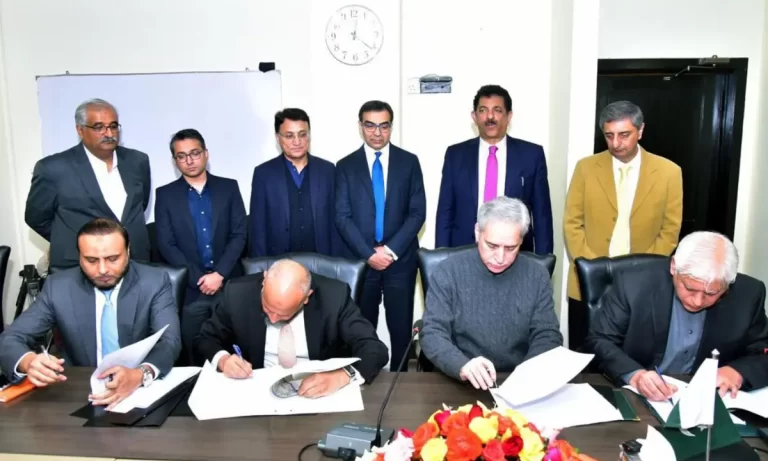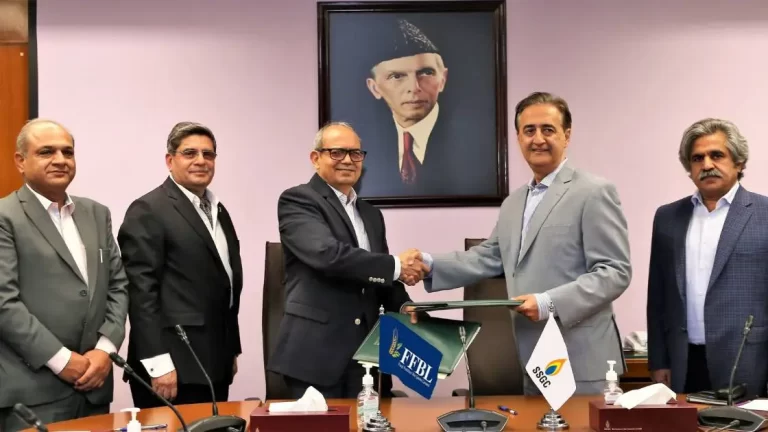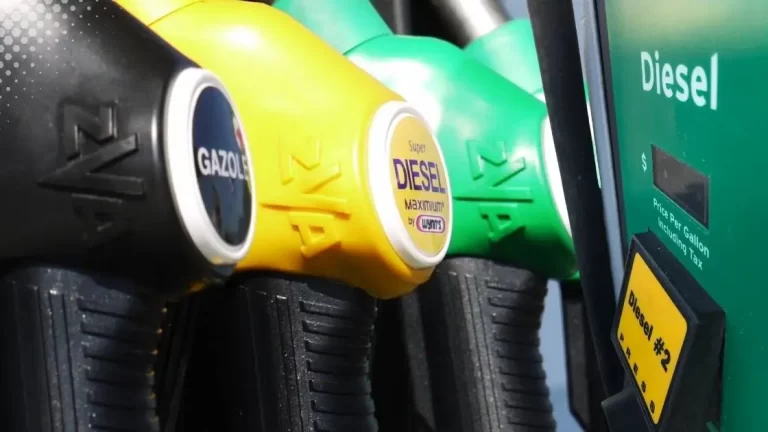JJVL’s closure becomes a blessing for LPG Importers who pocket billions
Special Report
JJVL’s closure is a classic example of mismanagement and inefficiency that deprived the country of around 15 percent of local production and became a blessing in disguise for the LPG importers, who pocketed billions by eating up precious foreign exchange reserves.
Now, winter is coming, which will be hard for the countrymen as Pakistan LNG Limited (PLL) has not been able to secure LNG cargoes to meet the rising demand for gas.
So, the coming winter is going to be tough for the people due to the shortage of gas and will become a big challenge for the current government to manage the gas supply.
The previous government had taken a decision to resume operations at JJVL to meet local demand. However, after the passing of a couple of years, there has been no progress to resume operations at JJVL, which had been producing around 500 million tons of LPG to meet the country’s demand.
Even, National Accountability Bureau (NAB) had also started a probe in June this year into expensive LPG imports while shutting down JJVL.
The cartels in the LPG sector have been active. Even those companies having LPG terminals had also joined hands with the LPG importer mafia, which is said to have pocketed over Rs 20 billion during the last couple of years due to tax incentives.
These LPG importers have been enjoying incentives on account of tax waivers on imports but they had been charging higher rates of LPG in the country.
These LPG importers also caused a loss of billions of rupees to the local LPG producers, which are mainly state-owned, and resulted in halting new investment in LPG plants due to unfavourable environments.
Local state-run LPG producers like Parco, OGDCL, and PPL have been raising their voices against undue favors given to LPG importers.
These LPG producers had been paying a petroleum levy on locally produced LPG, whereas the previous government of PTI waived off regulatory duty on LPG imports through SRO in 2016.
That was done to give favour to LPG importers.
The country had witnessed a record rise in LPG imports during the month of August due to the shutdown of the JJVL plant.
The country had already availed itself of the IMF program due to a shortage of foreign exchange. It had also sought rollovers of foreign loans. But inefficiency, bad government, and cartelization had hit the country, which resulted in higher LPG imports to eat up foreign exchange.
Ogra objects to tax distortion policy in the LPG market
Even, the Oil and Gas Regulatory Authority (Ogra) had advised that the government impose uniform taxes on the local LPG producers and fuel importers in light of the significant favors being granted to liquefied petroleum gas (LPG) importers as a result of the tax differential.
Ogra emphasised the necessity for the government to choose uniform taxes in response to a letter from the Petroleum Division requesting an increase in the petroleum levy rate to more than double.
The oil and gas sector regulator stated that “distortion in tariffs and taxes on the locally produced and imported LPG is providing undue benefits to the importers.”
The government hiked the petroleum duty on locally manufactured LPG from Rs4,569 per tonne to Rs10,111 per tonne in the budget for FY23, which was unveiled in the second week of June.
Although the major LPG producers are state-run firms like Pakistan Petroleum Limited (PPL) and Oil and Gas Development Company (OGDC), they have suffered greatly as a result of the influence of LPG importers over government policies and the additional billions of rupees in profits those firms have made at the expense of the national exchequer.
Due to the policies that favoured importers, the Pakistani government, which holds a majority stake in state-owned LPG manufacturers, has suffered significant losses.
Due to a significant tax differential, LPG importers profit enormously from sales to low-income customers while depriving the government’s coffers of funds.
Petroleum Levy on LPG creates distortion
To allegedly create a favourable atmosphere for the importers, the government slapped a petroleum fee on locally manufactured LPG.
However, Jamshoro Joint Venture Limited (JJVL), an LPG factory, has been closed for the past few years. The burden on the foreign exchange reserves has increased as a result of a rise in LPG imports.
In announcing the LPG price for July, Ogra made note that LPG producers were paying Rs4,689 per tonne in petroleum levy but importers were not.
Furthermore, although imports paid Rs18,373 per tonne in sales tax, manufacturers paid Rs32,027 per tonne.
As a result, the cost of locally produced LPG was Rs220,421 per tonne, whereas the cost of imported LPG was Rs202,098 per tonne.
Ogra used an equal Saudi Aramco contract price for both locally produced ex-plant/refinery LPG and imported ex-port LPG when calculating this.
Ogra claimed in a letter to the Petroleum Division that nearly equal amounts of imports and locally generated LPG were driving the market. The bulk price of imported and domestically manufactured LPG was already out of equilibrium, it was noted, due to taxes and levies.
Considering the situation, Ogra believed that all taxes and tariffs on locally produced and imported LPG should be the same because they both competed in identical markets.
In addition, Ogra establishes the maximum consumer price, however only for locally produced LPG, which also serves as the baseline for consumer pricing.
According to Ogra, “the differential in taxes and levies generates market distortion and is a source of disproportionate gain for the imported LPG.”


